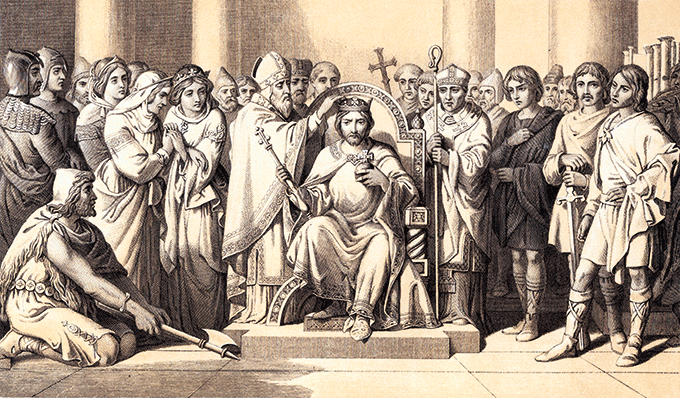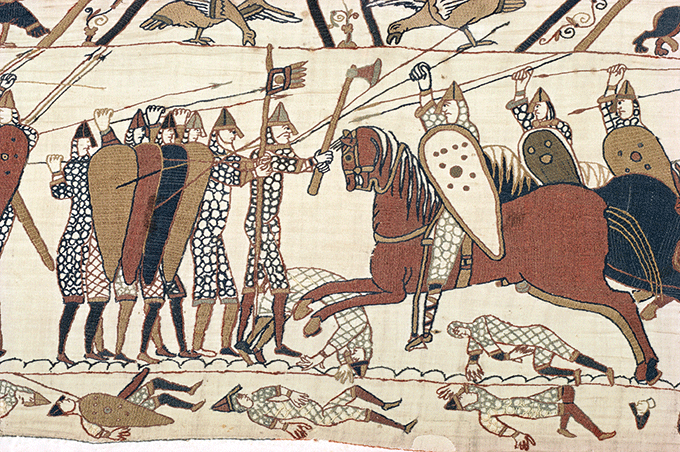In 1066 William the Conqueror set sail from Normandy to take part in one of the fiercest battles on British soil and one that changed the course of history forever…
Here are 10 facts about the Battle of Hastings you might not have known before…
Following the death of Edward the Confessor (King of Anglo-Saxon England), in January 1066, Harold Godwinson was named king. Edward had been childless and so Harold was chosen to succeed him but it wasn’t a popular decision with everyone. Across the Channel there was one man who felt he had more right to the English throne and so William Duke of Normandy, a distant blood relative of the dead king, gathered his troops and crossed the water to Britain. What ensued on 14 October 1066 was one of the bloodiest battles in British history – famously immortalised on the Bayeaux Tapestry – and saw the death of King Harold and the birth of a new ruling dynasty as the Anglo-Saxons made way for the Normans.
10 facts about the Battle of Hastings:
1. Despite its name, the Battle of Hastings actually took place about 6.5 miles northwest of Hastings near the present day town of Battle.
2. The first man recorded to be killed in the battle was William the Conqueror’s jester, Taillefer.
3. During the battle both sides took a break for lunch.

4. This wasn’t the first battle in which Harold was forced to defend his crown; indeed less than a month earlier he had fought off his own brother Tostig and the Norwegian King Harold Hadrada at the Battle of Stamford Bridge.
5. It wasn’t really a fairly fought battle – most of the English army were on foot, supported by a few archers, while around a quarter of the Norman army were on horses, supported by many archers.
6. The battle was fought and won in a day, starting around 9am and closing at dusk.
7. Although folklore – and the Bayeux Tapestry – has it that Harold died after receiving an arrow to the eye, many historians believe he was in fact drubbed to death.
Visit Battle of Hastings country
8. After William’s victory French became the language of the king’s court and this, blended with Anglo-Saxon English, eventually evolved into the modern English language; hence many French words are used in common parlance.
9. The Bayeux Tapestry is sometimes referred to in France as the Tapestry of Queen Matilda as legend has it that William’s wife, Queen Matilda, and her ladies-in-waiting made it, although in truth this is unlikely.
10. Many genealogists believe that as much as 25-per cent of the English population is descended from William the Conqueror.
For more on this Norman victory, read Jim Bradbury’s book, The Battle of Hastings.
Read more:
Bonfire Night facts: 8 fascinating things you probably didn’t know






 © 2024
© 2024